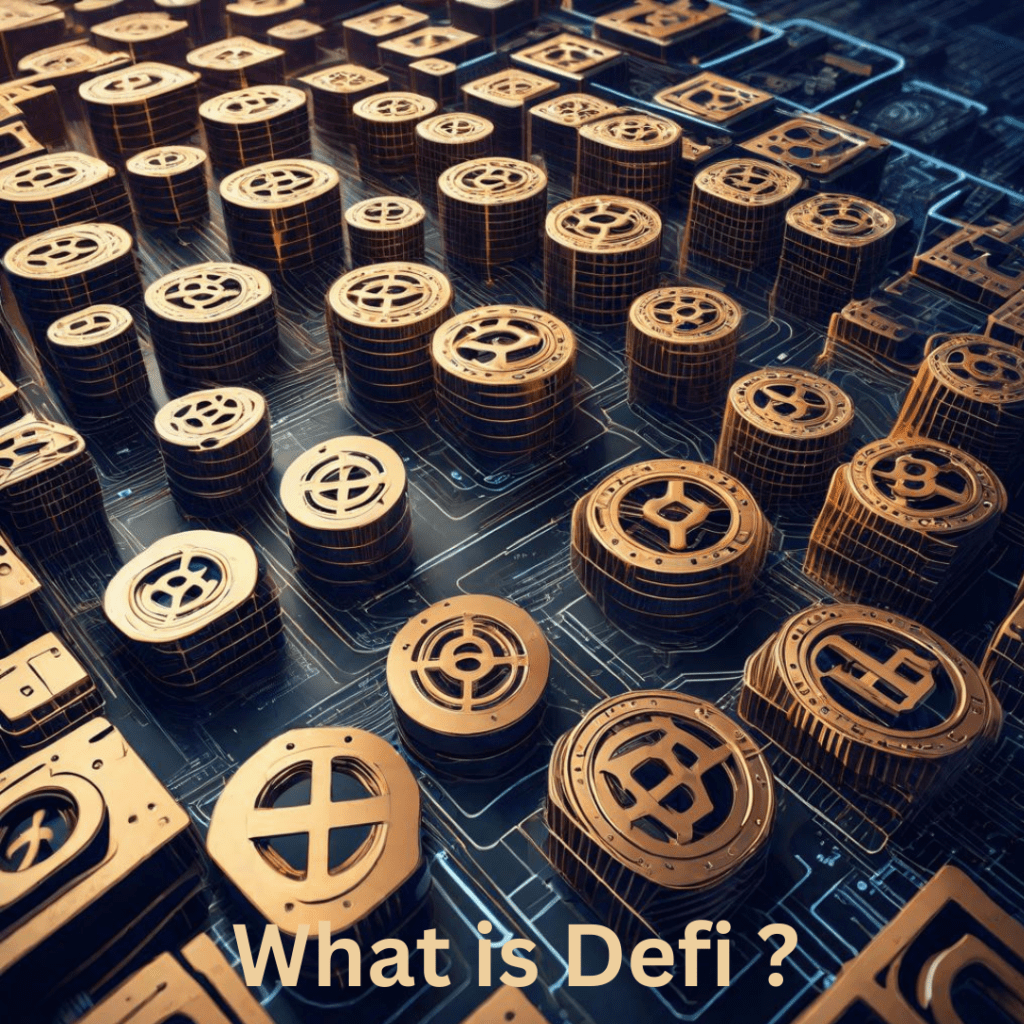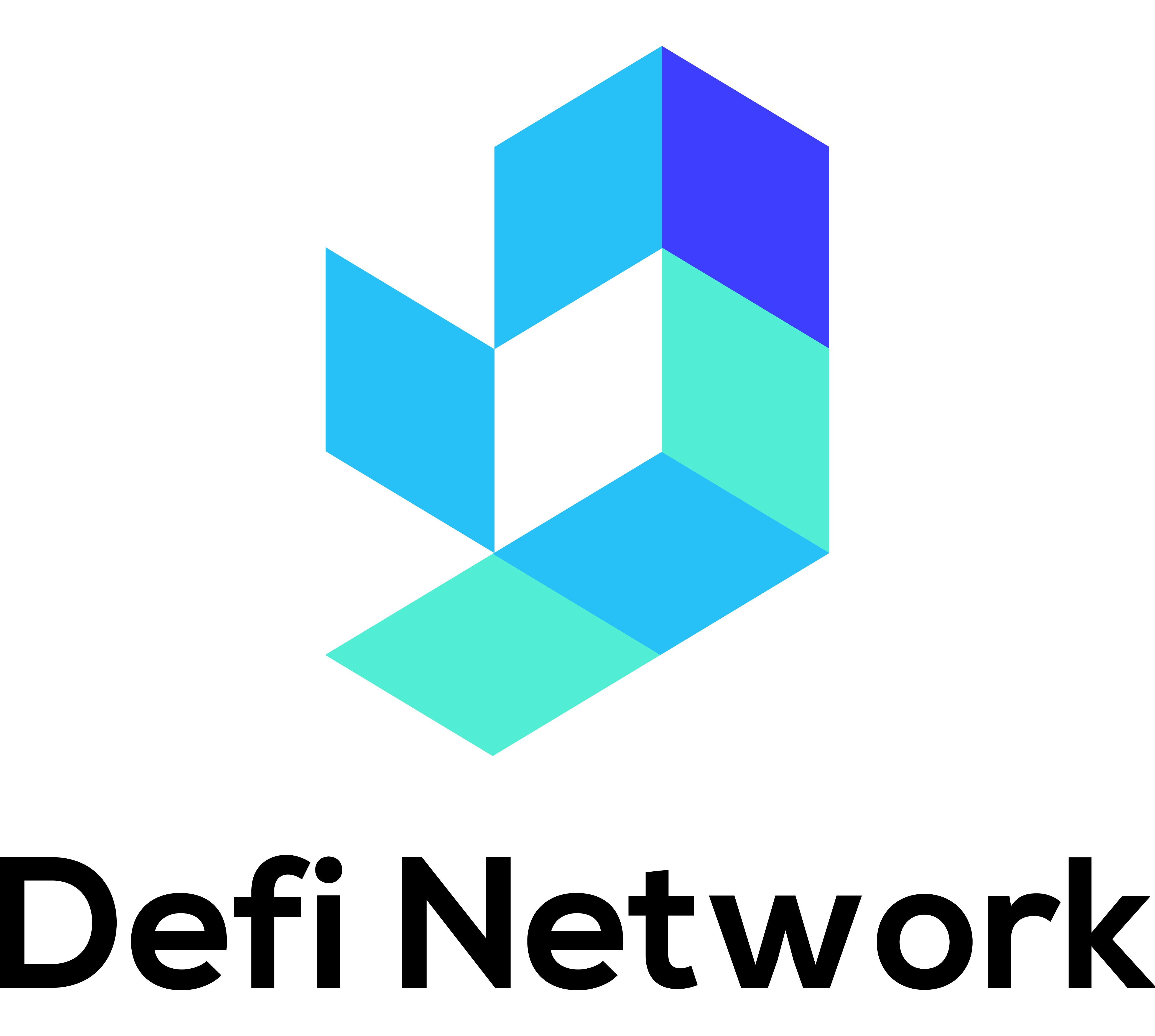What Is Defi ?-In the ever-evolving realm of finance, a disruptive force has emerged: Decentralized Finance, or DeFi. Leveraging the power of cryptocurrency and blockchain technology, DeFi strives to revolutionize traditional financial transactions by eliminating intermediaries and empowering individuals with peer-to-peer interactions in Crypto Era.
Centralized Finance Today
The current financial landscape is dominated by centralized systems, governed by regulatory bodies like the Reserve Bank of India. These systems force consumers to navigate through various middlemen, from banks to exchanges, who siphon off a percentage of every financial transaction. DeFi challenges this norm by offering a more direct, cost-effective alternative.
The New Way: Decentralized Finance Unleashed

Rafael Cosman, CEO of TrustToken, describes DeFi as an “unbundling of traditional finance,” placing the essential elements of banking, borrowing, and trading directly into the hands of the people. Unlike traditional systems where banks mediate lending, DeFi (Decentralized Finance) enables individuals to lend their savings directly, eliminating profit losses that occur in the traditional banking model.
Blockchain: The Backbone of DeFi (what is defi ?)
Central to the DeFi revolution are blockchain and cryptocurrency. Unlike conventional banking ledgers, blockchain is a decentralized, distributed public ledger that ensures transparency and security. All users of a DeFi application share an identical copy of this ledger, providing anonymity, payment verification, and an unalterable record of asset ownership.
Current Applications of DeFi
DeFi is not a distant concept; it’s actively reshaping financial landscapes through decentralized applications (dapps) and protocols. These tools facilitate a wide array of financial transactions, from traditional payments and trading securities to innovative concepts like yield harvesting and non-fungible tokens (NFTs).
- Traditional Financial Transactions
- DeFi is already handling everyday financial tasks, including payments, securities trading, insurance, and lending.
- Decentralized Exchanges (DEXs)
- Unlike centralized exchanges, DEXs empower users with control over their funds, enabling peer-to-peer transactions.
- E-Wallets
- Developers are crafting digital wallets independent of major exchanges, offering access to various cryptocurrencies and blockchain-based applications.
- Stable Coins
- Designed to counteract cryptocurrency volatility, stable coins tie their value to non-cryptocurrencies like the U.S. dollar.
- Yield Harvesting
- DeFi facilitates speculative investing, allowing users to lend crypto and potentially gain substantial returns.
- Transforming non-tradable assets into digital commodities, NFTs bring innovation to asset commodification.
- Flash Loans
- A form of decentralized arbitrage, flash loans enable instant borrowing and repayment of funds through Ethereum blockchain contracts.
Evaluating DeFi Adoption
The success of DeFi is measured by the total locked value in various protocols, currently nearing INR 3 trillion. Its global availability, thanks to blockchain, contrasts sharply with the gradual rollout of centralized financial instruments.
Risks and Downsides
While DeFi holds immense promise, it’s not without risks. Lack of consumer protections, susceptibility to hacking, collateralization requirements, and the need to safeguard private keys present challenges that must be addressed as the DeFi ecosystem matures.
Getting Involved with DeFi
For those eager to explore DeFi hands-on, steps include setting up a crypto wallet, trading digital assets on decentralized exchanges, and exploring stable coins. However, entering this dynamic space requires caution, as the fast-paced nature of digital assets poses significant risks.
The Future of DeFi
DeFi’s future appears promising, poised to grant investors unprecedented independence in deploying assets creatively. Dan Simerman, head of financial relations at IOTA Foundation, envisions a future where DeFi transforms the big data sector, offering new avenues for data commodification.
In conclusion, while DeFi is in its infancy, its potential is vast. Educating the public about its benefits and building robust tools are pivotal steps in realizing the promises of decentralized finance. As we navigate this uncharted territory, the onus is on us to unveil the true potential of DeFi and make it accessible to all.




